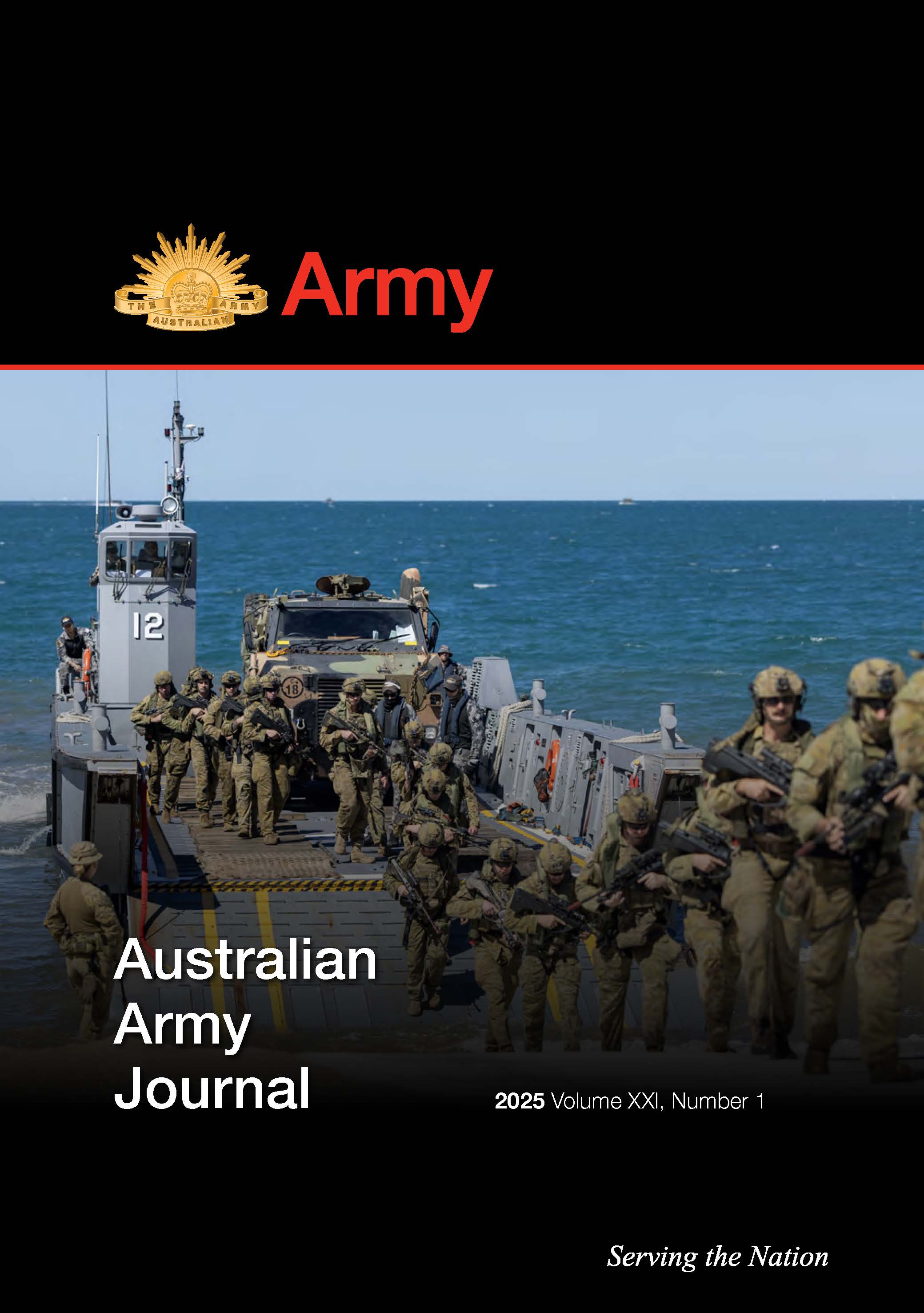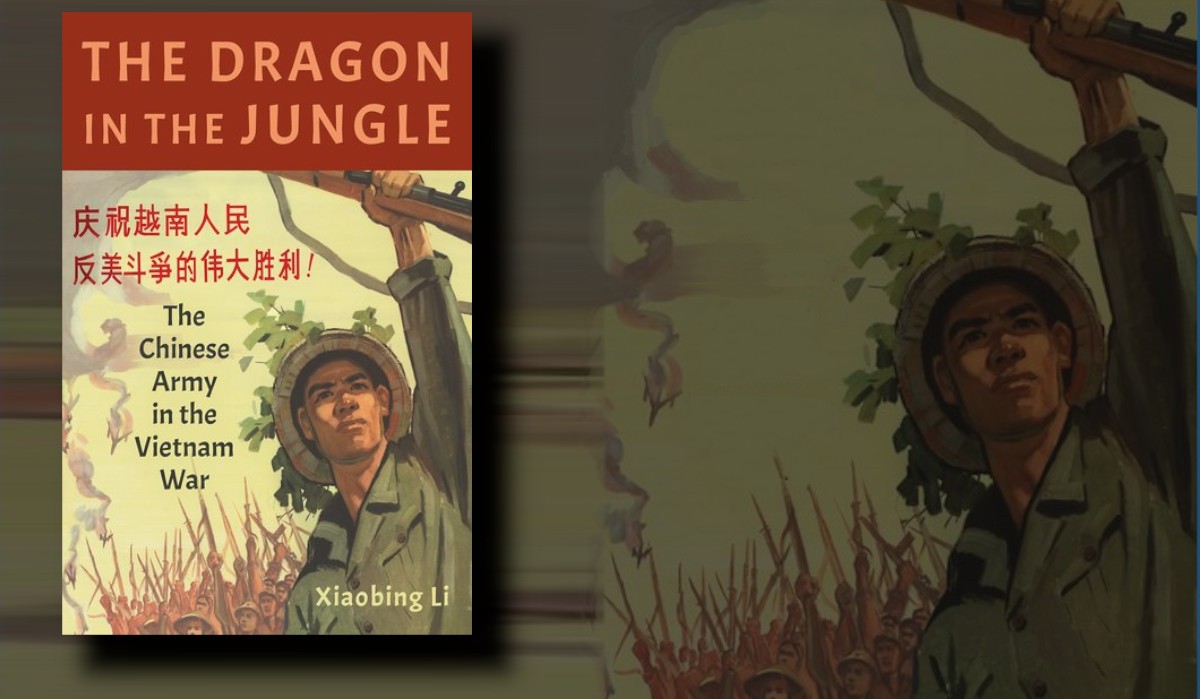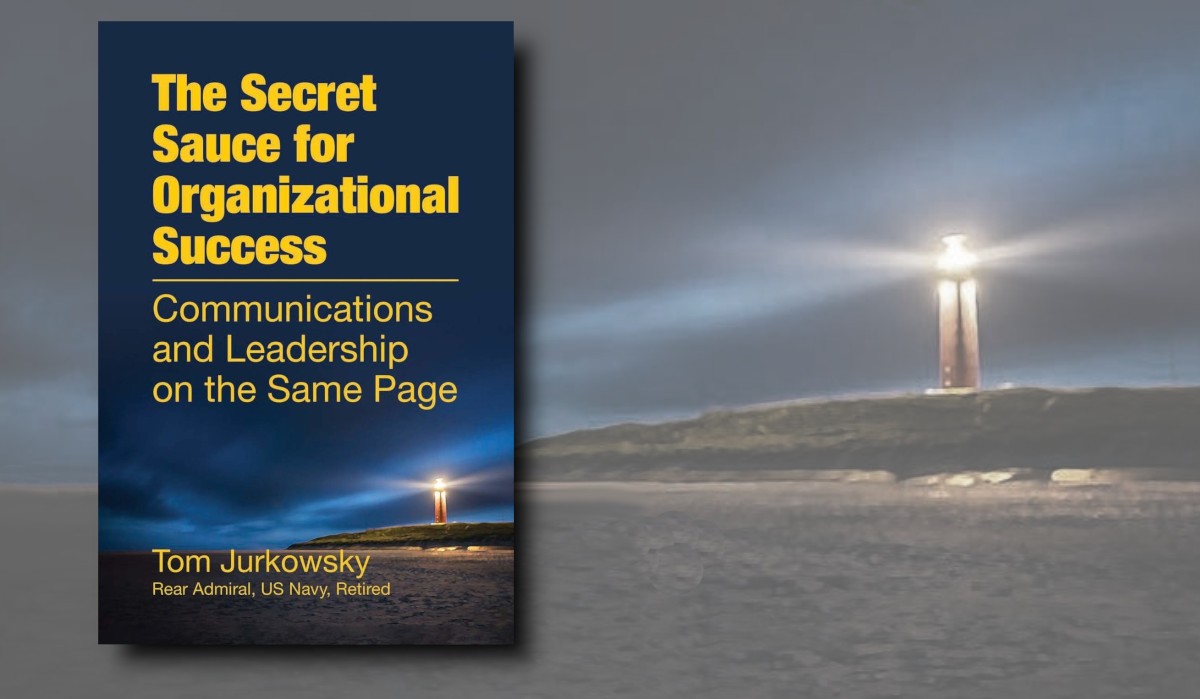Volume 21 Number 1
Luisa Powell, Director Australian Army Research Centre
As Director of the Australian Army Research Centre, I am pleased to introduce this first edition of the Australian Army Journal for 2025. This edition comprises a diverse range of articles about relevant contemporary subjects that are worthy of discussion within Army.
Army needs academic debate and discourse. It has always been important for members of the Army to think critically about their profession. In 2025, at a time of significant and continuing change in the means and methods of warfare and in geopolitics more broadly, this need is ever more present.
On 12 September 2024 the Chief of Army, LTGEN Simon Stuart, took the stage at the annual Chief of Army Symposium and issued a call to action. He declared his intent for a wholesale, holistic review of the Australian Army profession – a first since the creation of the Australian Regular Army in 1947.[1] He has since framed this review across three pillars: jurisdiction, expertise (or professional mastery), and self-regulation as a profession.[2]
The Australian Army Journal answers that call.
The Australian Army Journal is the only Australian peer-reviewed journal that fosters debate on land power and strategic studies. It offers a platform to disseminate academic thinking, providing a diverse range of perspectives and insights. It aims to foster a culture of learning and professional development for Army, and to ensure its professionals continue to wield the intellectual edge in any contemporary or future conflict.
This edition represents a milestone in Army’s long campaign to master the profession. For the first time in many years this journal predominantly features contributions by Army members, with further pieces from academia and experts within the Australian Public Service. It is encouraging, both for the Army profession and for the future, to see military members reading and writing for the journal, presenting their expertise and well-reasoned arguments on topics that matter to Army and the Australian Defence Force more broadly.
The articles cover a wide range of topics, from how to transform the Australian Army’s full-time cavalry for the next major conflict to exploring the Indo-Pacific grey zones and examining the potential benefits of using artificial intelligence on military operations.
Understandably, academic writing can be an intimidating task for many; it demands time, dedication, deep thought, and a willingness to question your own knowledge and experience. Yet it is a crucial skill that is both humbling and rewarding. It is humbling in that your carefully crafted arguments and evidence are intensely scrutinised by a peer, who may offer significant (though constructive) criticism that requires you to re-evaluate your position on a topic. It is rewarding in that, after the process is completed, you become acknowledged as an expert on that topic and immortalised in print to inform decision-making and for future generations to learn from. The rewards of academic writing outweigh the fears, which is why authors come back time and time again.
In my experience, academic writing can be distilled into four steps: read, research, write and debate.
- You need to read and consume reputable information in all its formats, including books, audiobooks, podcasts and blogs. Scan and peruse topics across a wide range of topics and dive deeper into the areas of particular interest.There are reading lists and book reviews available on the Australian Army Research Centre website, as well as recommendations through The Cove. Gathering information leads to the generation of questions and the development of hypotheses to test, which, in turn, prompt the quest for further information.
- Research leads to the identification of knowledge gaps which, through the development of methodology, can be systematically set out and addressed.
- Writing, in its simplest form, is recording information. As an extension, academic writing has standards and requirements across four main styles: descriptive, analytical, persuasive and critical.[3] The prescribed nature of academic writing forces the author to work within a basic structure and to consider extant literature in order to generate writing methodologies. The writing itself needs to synthesise results without bias, and must be presented in such a way as to be both highly readable and compelling. Academic writing is an iterative process with first drafts read by colleagues and friends, then final drafts submitted for peer review.
- The peer review process can be one of the most rewarding and uncomfortable experiences, as this forms the initial stage of the debate process. It marks the beginning of the contest of ideas where the author’s analysis is scrutinised by experts in similar professional fields. Your ideas need to stand on their own. When this process is embraced, the work becomes more robust. Once published, the work will be read and debated, and may in turn spark new research questions on land power that need answering, fulfilling the cycle of academic thinking.
Until a piece of writing has transitioned through each one of these four steps, it is just an opinion piece. And opinions are easy to come by. We hear them every day in our personal relationships and in the media, offering insights into attitudes, reflections on individual experiences, or gut feelings that may in turn spark further opinions in response. While written opinion pieces have their place, it is only through the practice of academic writing that critical thinking skills are honed and opinions, biases and assumptions are fully critiqued. When practised regularly, these skills naturally permeate into the conduct of everyday tasks across the profession, building a culture of evidence-based decision-making.
I would like to express my gratitude to all the contributors to this edition of the Australian Army Journal. Your insights, expertise and experience have created a valuable resource for the Australian Army and the wider defence community. I hope that by reading these contributions, others will be prompted to start their own journey of academic writing. I encourage all our readers to engage with the ideas and arguments presented in this edition, and to consider how they can contribute to the ongoing development of the Australian Army and its capabilities.
Endnotes
[1] Chief of Army, ‘The Human Face of Battle and the State of the Army Profession’, speech, Chief of Army Symposium, 12 September 2024, transcript at: https://www.army.gov.au/news-and-events/speeches-and-transcripts/2024-09-12/chief-army-symposium-keynote-speech-human-face-battle-and-state-army-profession.
[2] Chief of Army, ‘The Challenges to the Australian Army Profession’, speech, Australian University National Security College, 25 November 2024, transcript at: https://www.army.gov.au/news-and-events/speeches-and-transcripts/2024-11-25/challenges-australian-army-profession.
[3] ‘Types of Academic Writing’, The University of Sydney (website), at: https://www.sydney.edu.au/students/writing/types-of-academic-writing.html.
Journal Articles
Book Reviews
| Attachment | Size |
|---|---|
| 2025 AAJ Volume XXI Number 1 (4.89 MB) | 4.89 MB |

Publication Date
2025
Publication Identifiers
ISSN (Digital) 2200-0992
ISSN (Print) 1448-2843
DOI: 10.61451/1235808










